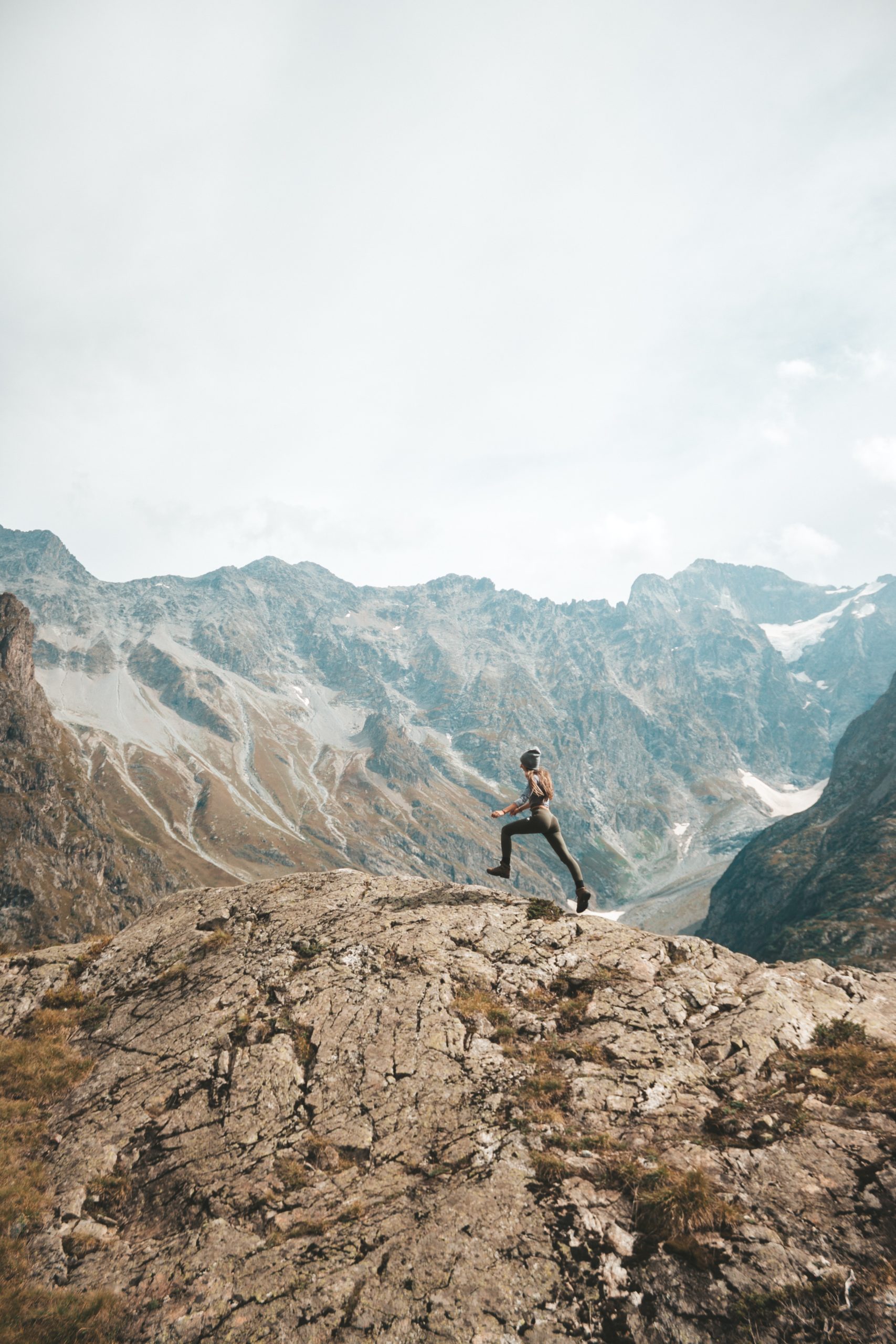30 5.0 Introduction
 Figure 1. The body of a runner moves linearly through the angular motion each lower limb segment. The thigh rotates about the hip, the shank rotates about the knee and the foot rotates about the ankle to move the body forward. (credit: Photo by Laurine Bailly on Unsplash)
Figure 1. The body of a runner moves linearly through the angular motion each lower limb segment. The thigh rotates about the hip, the shank rotates about the knee and the foot rotates about the ankle to move the body forward. (credit: Photo by Laurine Bailly on Unsplash)This chapter deals with the simplest form of curved motion, uniform angular motion, motion in a circular path at constant speed. Pure rotational (angular) motion occurs when points in an object move in circular paths centered on one point (the axis of rotation). Pure translational (linear) motion is motion with no rotation. Some motion combines both types, such as a rotating hockey puck moving along ice.
Angular motion is important to biomechanics because most human movements are the result of angular motions of limbs about joint. We thus need to understand how angular motion is measured and described.
Glossary
- uniform circular motion
- the motion of an object in a circular path at constant speed

